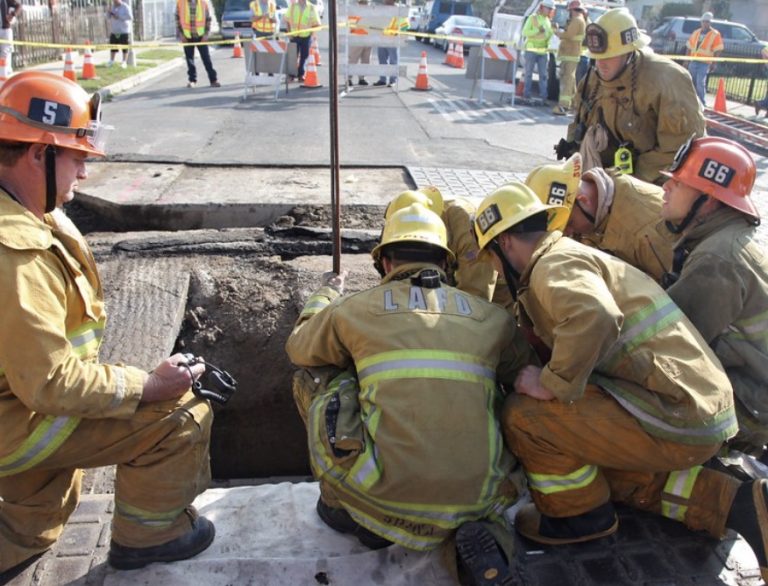Construction sites are hubs of activity, but with so many materials, machines, vehicles, and people all moving about in concert, they are also home to countless risks. These can be the cause of injuries which don’t just impact the lives and livelihoods of workers themselves but can be a significant source of legal issues for the site owner.
The consequences of not acting on health and safety are severe. According to the Health and Safety Executive, 38.8 million working days were lost due to work-related illness and injury in 2019-20, costing £16.2 billion overall. To protect everyone on site and ensure works can go ahead safely and efficiently, here are the best ways to reduce injuries on a construction site.
Story Stages
Don’t neglect health and safety
A robust and clearly communicated approach to health and safety is vital for every construction site. All policies and procedures need to be properly followed by all staff, regardless of seniority, and there needs to be clear accountability if things do go wrong. Without consequences, health and safety can become lax, leading to more risks and a higher chance of injury.
Ensure workers have the right equipment
It’s important to protect your workers, so be sure to give them crucial personal protective equipment like hard hats, high-visibility jackets, and work gloves. This will reduce the risk of injury if accidents do occur, and in the case of equipment like high-visibility clothing, will likely lower the likelihood of risks overall.
Comply with regulations
There are a host of regulations that govern how construction sites should operate, spanning health and safety, working conditions, and much more. Failure to adhere to the law can open the construction company or contractors to legal action from workers, the public, or regulators, so dedicate time to understanding them properly and ensuring that they are reflected within policies and procedures. Unfortunately though, if you or someone you know has been injured in a construction site, specialized lawyers such as Greenberg and Ruby can help seek justice and ensure the process is carried out properly.
Maintain your equipment
Heavy-duty construction equipment requires staff have the right training, but if it’s poorly maintained, then even the best training won’t protect staff from risk. Equipment in need of repair or conditioning is a ticking time bomb that can cause life-threatening injuries to workers. That means you must create a schedule tracking the usage of tools, vehicles, and equipment to make sure they are maintained regularly and on time – you could open yourself up to legal action if not. In some cases, it might be more efficient to rent a track loader rather than purchase one outright, ensuring you always have access to well-maintained equipment. By opting to rent a track loader, you can also avoid the costs and responsibilities of long-term maintenance. This approach not only enhances safety but also helps manage project budgets effectively.
Do you work on a construction site? What do you think are the most effective ways of reducing the risk of injury? Let us know in the comments section.
